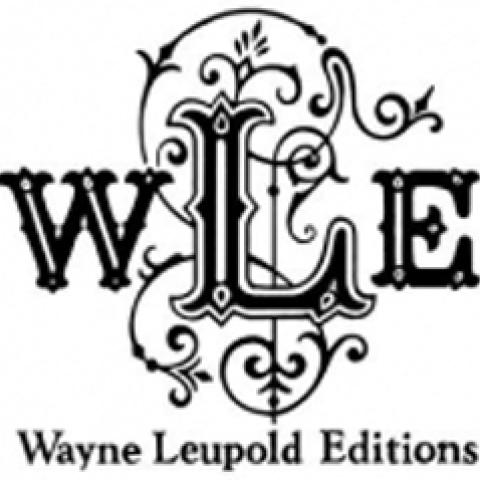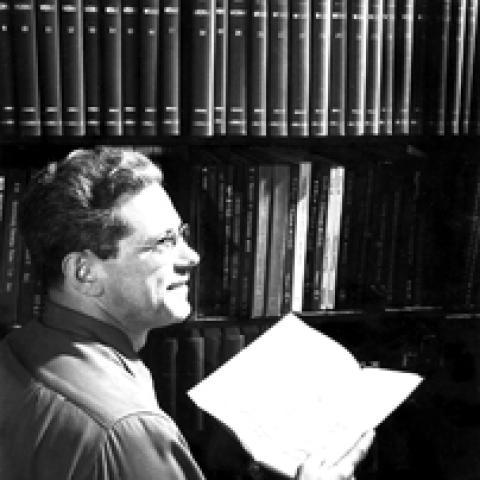
Wayne Leupold Editions, Inc., announces the forthcoming publication of Arthur Poister, Master Teacher and Poet of the Organ, by David C. Pickering, expected June 15, 2018.
The biography of over 500 pages covers the life and the performing and teaching careers of Poister (1898–1980). A chronology of his life includes details on his studies and his teaching at Redlands University, University of Minnesota, Oberlin Conservatory, and Syracuse University. Included are 13 appendices detailing students, masterclasses, a discography, and recital venues.
Leupold Editions is accepting subscriptions for the book through February 28, with various categories beginning at $50. For information: 800/765-3196.





